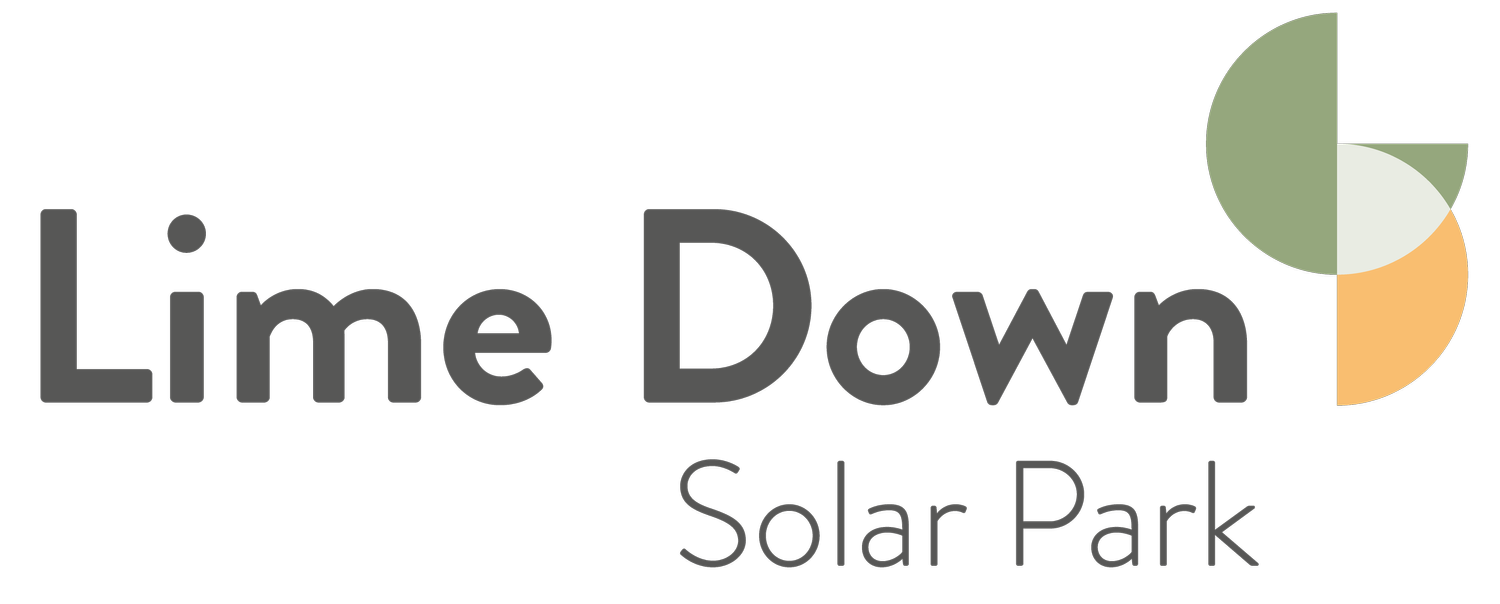
The Project
Our work so far
We used your Stage One feedback and environmental information to inform our updated plans for the Project. The revised proposals we consulted on during the Stage Two consultation were informed by these comments, including in the ways described below:
| YOU SAID: | WE DID: |
|---|---|
| Protect views and the setting of the Cotswold National Landscape | Our Stage Two proposals included plans for green corridors, reinforced hedgerow and roadside planting, and enhanced riparian planting to reduce visual impacts of the Project. We also created buffers and offsets from homes, vegetation, watercourses and drains, public rights of way, woodland and listed buildings. |
| Reduce impacts on soil quality and agriculture | The Development Area would be returned to its original use and condition when the Project reaches the end of its lifespan. As the land will have been undisturbed during operation and maintenance, the health, quality, and structure of soils within the Solar PV Sites is likely to improve. |
| Safeguard local wildlife and ecology | We proposed specific ecology measures to achieve biodiversity net gain as a result of our Project, including substantial new hedgerow and tree planting, extensive grassland habitat creation and buffer distances to ecological features |
| Protect heritage and archeology assets | We removed panels in areas with archaeological and heritage sensitivities and proposed enhanced screening and offsets to reduce impacts on heritage assets. This includes near the Fosse Way and Fosse Lodge, and both the Alderton and Sherston Conservations Areas. |
| Provide detail on construction and decommissioning | Construction activities would be limited and controlled by a suite of management documents to address the impact of HGVs on local roads and country lanes, and to avoid disrupting the local community and environment wherever possible. The Project would operate for up to 60 years, after which the land would be restored to its original use and condition as far as practicable. |
| Provide more details and visualisations about the Project components | The updated design showed the careful location of built elements, including the proposed solar panels, BESS, substations, and a refined cable route corridor. Visualisations of how the Project could look, including screening, can be found in the PEIR Volume 1, Chapter 8: Landscape and Visual. Details of individual Project components can also be found in PEIR Volume 1, Chapter 3: The Scheme. |
